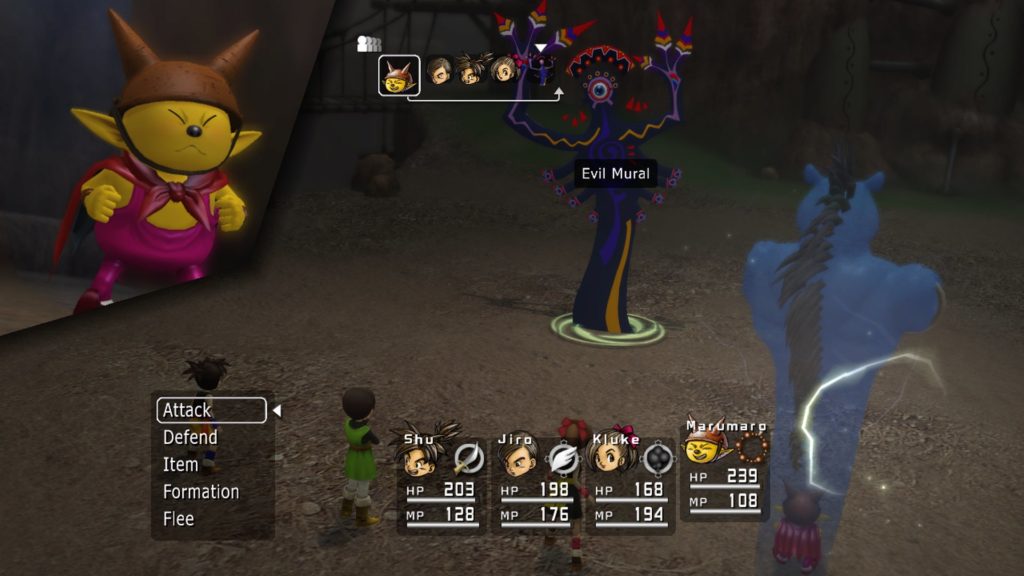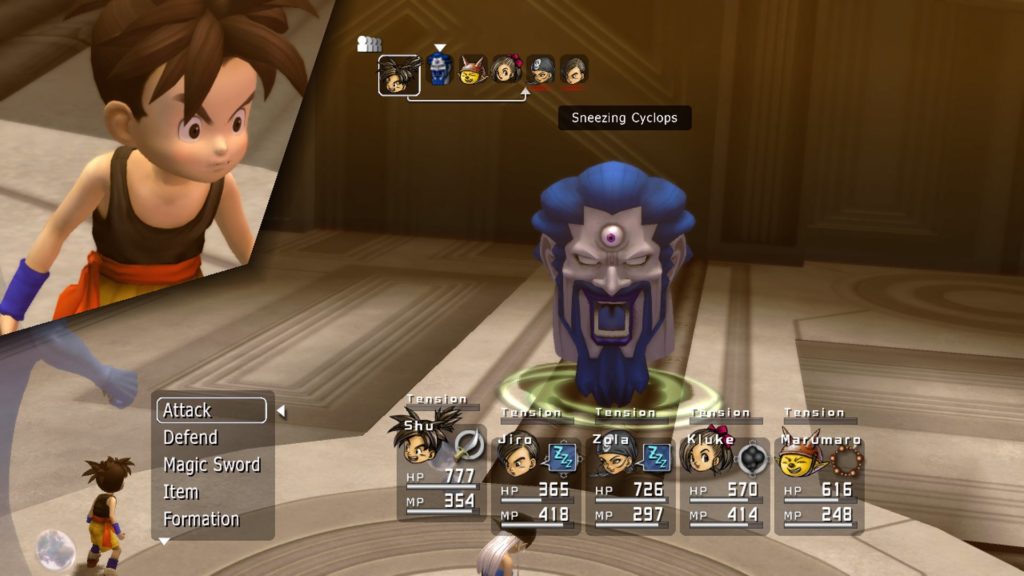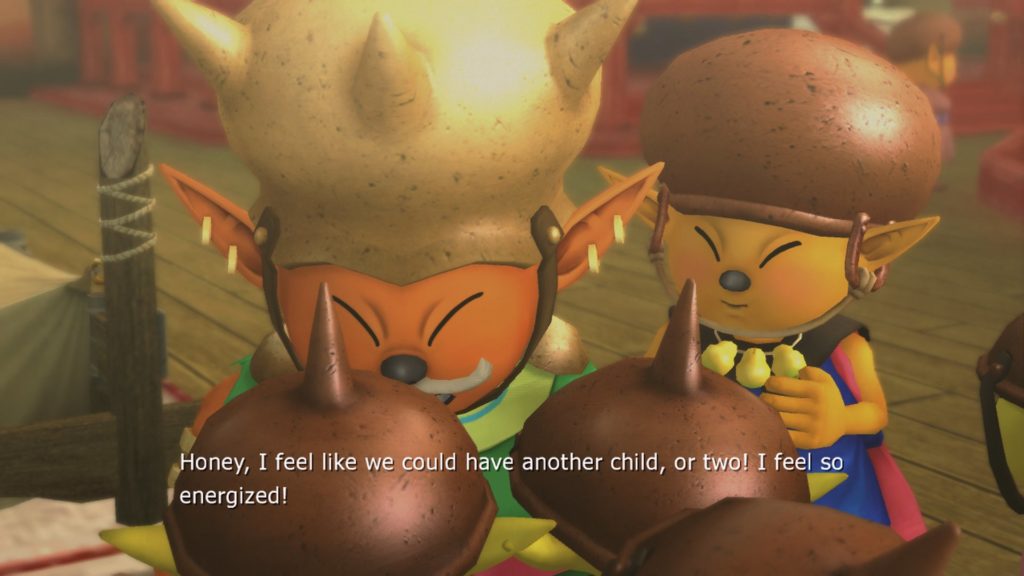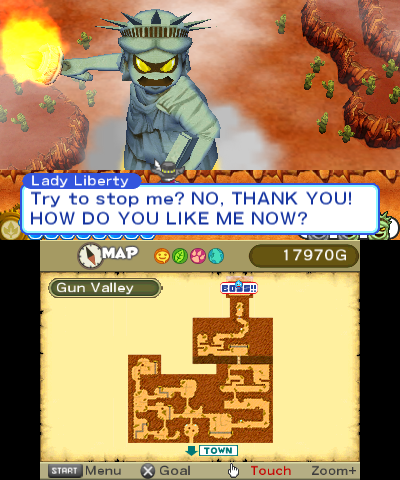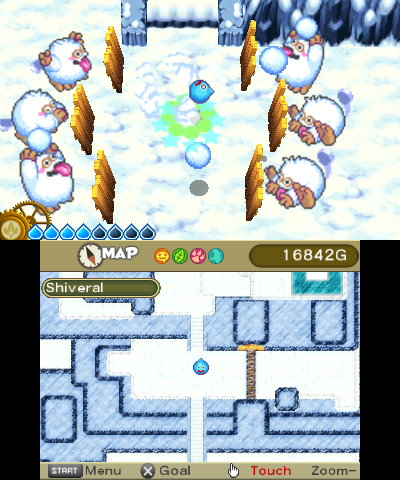More Info from Bugbear Entertainment
- Genre: Racing / Demolition
- Platform: PS5
- Also Available On: Windows, PS4, Xbox One, Xbox Series S|X
You know, sometimes you don’t need something serious. Sometimes you just want to run a car straight into everything. Sometimes you just want to send your opponents falling to their doom while you go through the apex of a vertical loop. Sometimes you want to race lawn mowers around a figure 8 track. Sometimes you want to use a school bus to take out a packed field of Reliant Supervans.
Sometimes, you just want to play Wreckfest.
This is certainly an exciting track. pic.twitter.com/skyN7aCNdQ
— Dan Weiss (@schenksmill) June 9, 2021
There’s no dressing up Wreckfest as something deep. It’s ultimately a demolition derby game with some loose variety in terms of modes and objectives. Each even is about crashing shit and winning, but when it’s done well that’s all that really need to be there. Wreckfest does is very well.
The big thing about this game is that driving is fun. It plays a pretty surprisingly good balance between being arcadey and realistic. Cars feel weighty, which certainly leans into realism. Crashing into opponents or being crashed into feels meaningful. You can’t outmuscle something larger than you, so you have to pick your battles. On the other hand, you can spin the hell out of smaller cars and take full advantage of that. That said, the game doesn’t take a realistic approach to handling at all. Braking is extremely powerful and you can drift the hell all over the place, which is a lot of fun in a situation where you’re really just pinballing off your opponents while trying to gain spots and take them out.
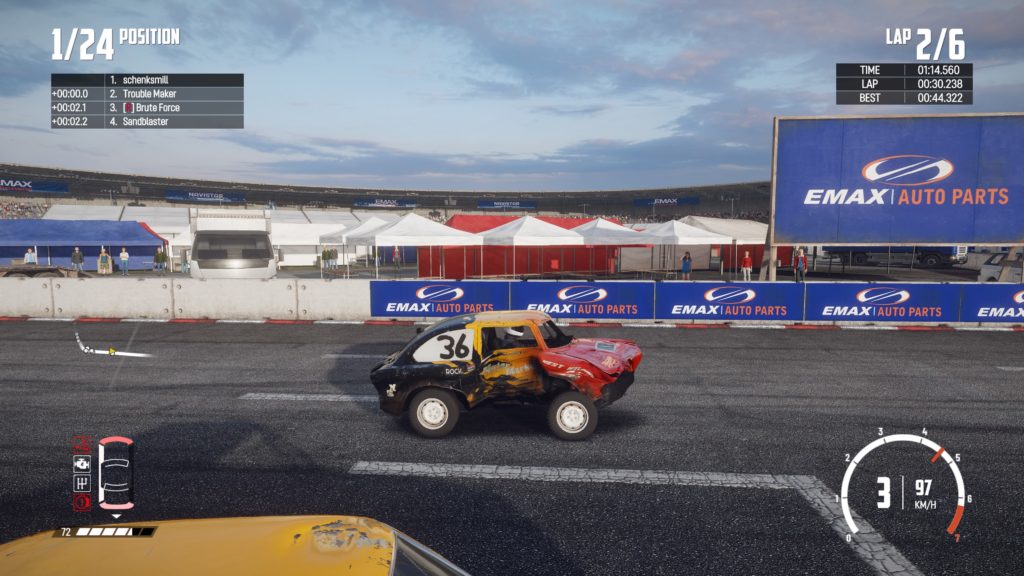
The destruction follows a similar pattern. On the one hand, you obviously destroy your car where you’re hitting things. Getting t-boned will leave a huge dent on the side that got hit. Repeatedly hitting people from behind will wreck their trunks and your nose. Smacking the same side repeatedly will cause tire damage. All of this starts to effect your steering, acceleration, and braking capabilities. It may take a while, but you can eventually get to a point where you damage your car too much to continue. On the other hand, you can literally destroy the car enough to where you often don’t have an engine visually, but can still drive. In being realisticish, the game lets you do stupid things with penalties that are fun and impactful to gameplay, but isn’t realistic to the point of annoyance.
On this end of things, the PS5 has some special points to consider with the inclusion of interesting trigger mechanics. Damage to your brakes and engine have a noticeable impact on how hard it is to press the trigger tied to that part of your car. It’s a subtle but nice integration of the controller’s feature set. What it ends up doing is allowing you as a player to feel how damaged your car is, rather than needing to take your attention away and look for the specific colored icons down on the screen. It’s one of those kinds of subtle features that I don’t know I want until I feel it in action, but now I want every damage-based racing game to use it. The other place I noticed the trigger manipulation is in braking. High speed and low traction areas both felt like they were noticeably changing the tension on the trigger which is a neat way to really push the out of control feel of blasting through the levels at breakneck speeds.
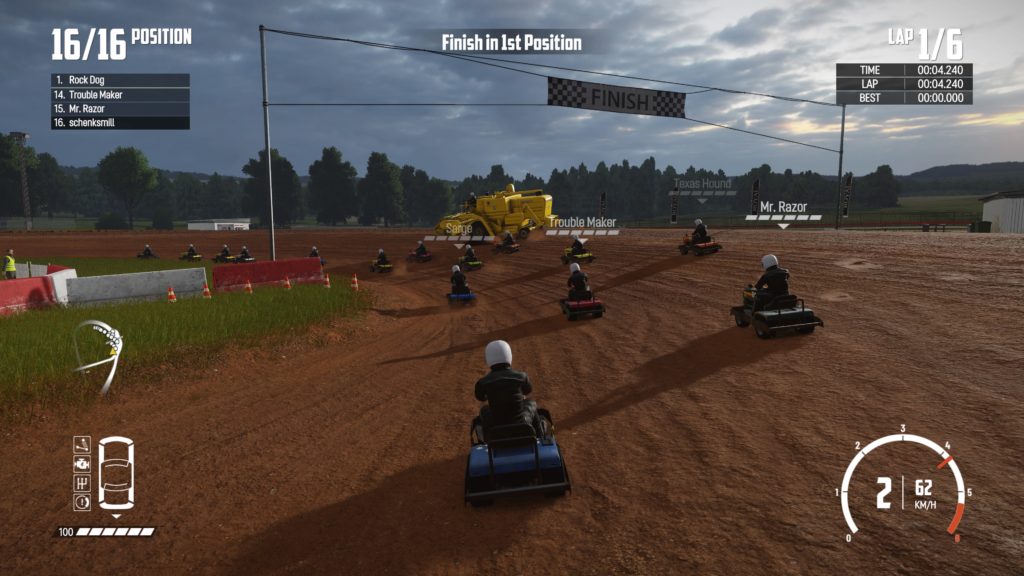
I admittedly started playing this one because I’m filling time trying to get to Ratchet & Clank without starting something long. That said, it scratched just the right itch. I’ve played this one on and off for years going all the way back to it being Next Car Game on Steam, but this is probably the first time I’ve really played the “complete” version of the game since it came out of early access. While it may have steered a bit away from realistic destruction physics in favor of playability since then, I think that ultimately led to a better product. Parts of the game that needed to be realistic are realistic because they are fun. Parts of the game that realism would make worse are instead arcadey to be fun. This game really just feels like it was made to be fun.
It’s generally stupid. It’s generally over the top. It’s generally destructive. It generally is complete nonsense. But it’s fun.



